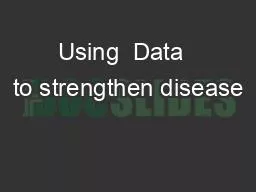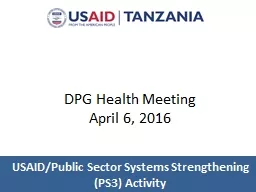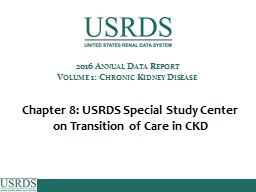PPT-Using Data to strengthen disease
Author : blindnessinfluenced | Published Date : 2020-10-22
program management at District level some lessons for PHC The PHC Improvement Global Stakeholder meeting 68 April Geneva Dr Geoffrey Bisoborwa AFRO
Presentation Embed Code
Download Presentation
Download Presentation The PPT/PDF document "Using Data to strengthen disease" is the property of its rightful owner. Permission is granted to download and print the materials on this website for personal, non-commercial use only, and to display it on your personal computer provided you do not modify the materials and that you retain all copyright notices contained in the materials. By downloading content from our website, you accept the terms of this agreement.
Using Data to strengthen disease: Transcript
Download Rules Of Document
"Using Data to strengthen disease"The content belongs to its owner. You may download and print it for personal use, without modification, and keep all copyright notices. By downloading, you agree to these terms.
Related Documents














